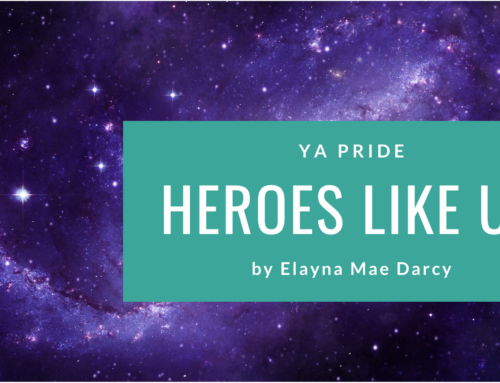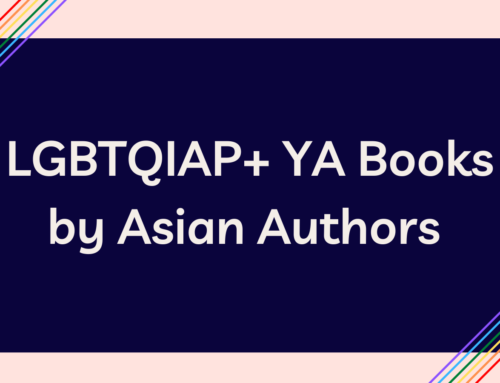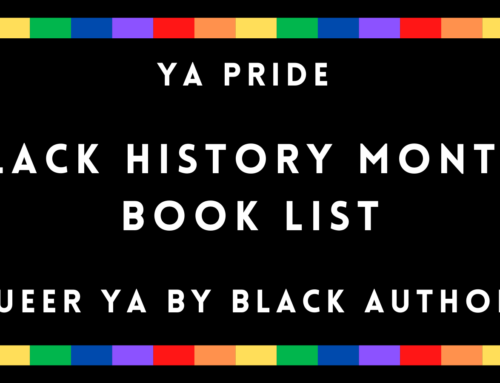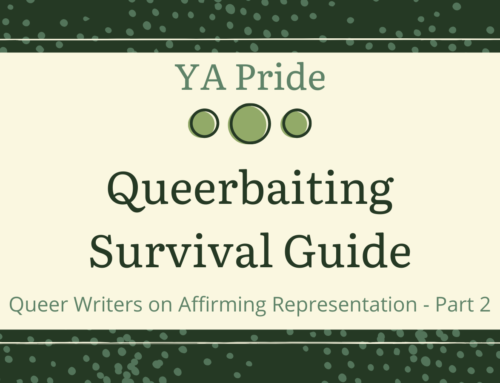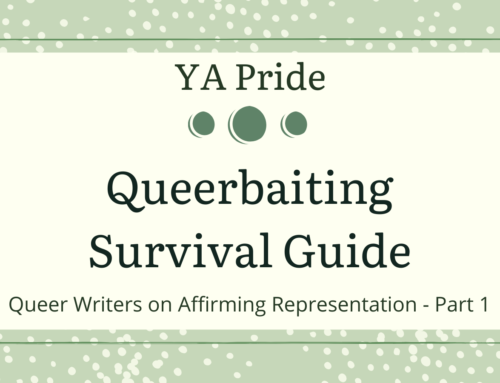Black Lives Matter Series: Day 3 – Previous Posts: Black Lives Matter, But Where Are We? – I Was Made To Believe There Was Something Wrong With Me – Introduction to Black Lives Matter Series
by Aleah
Things have grown and changed drastically in the literary world over the years, leading authors to write characters with more racial and sexual freedom. As a straight African-American young woman in support of Gay Rights, I love to see YA novels featuring intertwined sexual and racial diversity. Sadly, while the publication of LGBTQ books is constantly on the rise, those featuring teens of color are few.
(When I say “of color”, I mean people from various cultures and racial backgrounds.)
The lack of queer African-American characters in particular is partially due to sexual stigma in the black community, but that’s just one piece of the puzzle. It’s pretty much the only thing I hear about when I ask other people what they think the problem is. So, I’ll talk about some of the effects of this stigma and others on YA lit, and some things I think we can do to help fix the problem.
Marginalization & Relatability
As a general rule, novelists want people to read and buy their work. If they decide to write a gay, black, protagonist they likely go in knowing that will define their book, whether they specifically want it to or not. That’s the book with the gay, black, main character, they’ll think. Or alternately, the gay, black, supporting character.
Because of this, some people will not want to read these books because they feel the characters aren’t ‘relatable’ to them. As if the book is somehow not for them because the characters aren’t necessarily like them.
This seems pretty ridiculous to me. A girl in one of my writing classes said it best: “Everyone isn’t straight and white in real life, so why should they be in our books?”
One of the best things about reading is being able to slip into other people’s worlds. To see through the eyes of someone who isn’t you. Yet, we still find ways to relate to characters who are unlike us in many ways. Because we are people, and that’s what we do. Being black, just like being gay, is one of those things that just is. It isn’t an undesirable personality trait or annoying character flaw. It’s just as relatable or un-relatable as anything else, and certainly shouldn’t stop people from reading about them.
To Talk or Not to Talk
There are plenty of people who have views or ideas they don’t share with everyone. Many people simply don’t like to make waves. What books are you reading? What books are your friends reading? Whose tastes are lacking diversity in one way or another? Plenty of people don’t like to ask themselves these questions, let alone their friends.
People can frequently jump to feeling defensive or offended when asked, when it’s easily fixable.
For example: Somewhere along the line, certain people figured that being told they’ve made a racist comment is the same as being told they’re a racist person. This is not true, especially if the speaker can and is willing to admit the wrongness of their actions and apologize.
Sometimes it takes putting yourself and your views under a microscope to see what the problem is, and how to fix it. While it might not be the most comfortable experience, learning to recognize racism, intentional or unintentional, will definitely be worth it in the long term.
The People Who Don’t See the Problem
There will always be the people who say things like:
“What’s wrong with the way things are now?”
“There didn’t even used to be books about gay people or people of color.”
Or even, “Why does it matter?”
As if every detail of a character has to be vitally important to the story to matter. In our society, white is the default. If a character’s race/appearance/skin tone isn’t properly described, readers will assume that character is white. That is a fact. It’s the same with sexual orientation–straight unless otherwise stated. To create a truly diverse literary landscape, these things have to be fleshed-out, important to the plot or not.
I realized a long time ago that there are people who don’t care about this, and will never care. I don’t let it discourage me from speaking out, and you shouldn’t either. Diversity is important, and things are only going to really begin to change after we’ve opened up a conversation.
As you go about diversifying your reading list, think on this: You shouldn’t only think about reading these books for their diversity; you should read them because… they’re good books. These days, not all stories featuring people of color are about race, just as not all books about queer characters are coming-out stories. Just like other books, there are good ones and… less good ones. Look for books that aren’t riddled with stereotypes, though they’ll be a bit more difficult to find. Talk up the good, discard the bad, and most importantly: keep reading.
Looking for more?
Finding the diversity you desire may be a difficult task, but someone’s gotta do it.
Besides the fabulous Gay YA,
There are excellent sites like Diversity in YA: They focus on all kinds of diversity: race, sexual orientation, gender identity, and disability.
They’ve even got a post about stuff you can do right now to help things along.
Here’s a post by Lori Lee over on Book Riot about Diversity in fantasy novels.
As a self-professed fantasy geek who has always wanted to be an elf, I think this is particularly nice to see. *coughs* Moving on.
And finally, a list on Queer Book Club with books from 2013 featuring queer people of color
—
Aleah is a lover of words, daydreaming, and drinking tea. When not writing, she can be found people-watching, sifting through her large music collection, and pondering situations that could require the use of Shakespearean insults.
